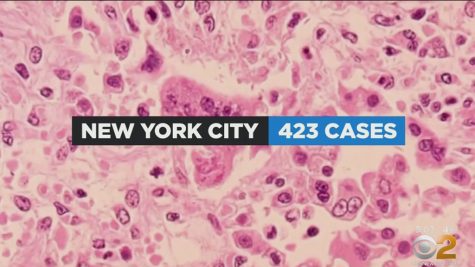Are We Alone in the Universe?
On February 22, NASA released a statement in which seven Earth-sized exoplanets had been discovered by the The Spitzer Space Telescope orbiting around the same star. The most groundbreaking information includes potential for water on each surface. Three of them reside in Trappist-1’s “habitable zone’, which according to the Encyclopedia, means that this is the “orbital region around a star in which an Earth-like planet can possess liquid water on its surface and possibly support life.” (Yeah, that’s right. There could be aliens.)
Found in the constellation Aquarius about 40 light years away from Earth (or 235 trillion miles), Trappist-1 is an ultra-cool dwarf star which is just a bit larger than planet Jupiter. It’s named after The Transiting Planets and Planetesimals Small Telescope in Chile. Here, the recently-found planets are discovered to pass in front of Trappist-1 during transit, allowing scientists to track the shadows that occur while they are in passing. From this information, they are then able to calculate the mass, density, and makeup of the planets, which are rocky and closely related to the size of Earth and Venus.
Since Trappist-1 is an ultra-cool star, the possibility of liquid water surviving on these newfound exoplanets residing closest to it is greater than the chance of water survival of planets in our own solar system. Exoplanet Trappist-1d is depicted in this 360-view YouTube clip to potentially hold water since it resides in Trappist-1’s habitable zone.
On February 24, NASA tweeted the hashtag #7Namesfor7NewPlanets, asking for name suggestions. Currently, they are being called: Trappist-1b, Trappist-1c, Trappist-1d, Trappist-1e, Trappist-1f, Trappist-1g, Trappist-1h. Users suggested names from the Friends TV series, names of each of the Seven Dwarfs from Snow White, and even famous music icons. So far, the planets remained ‘unnamed’ but the decisions are ultimately in the hands of the International Astronomical Union (IAU).
Recently, as of March 2, NASA stated that the James Webb Space Telescope will be used to probe the new exoplanets for “signs of life” (A.K.A. possibly aliens) within the coming year. Their atmospheres will be tested for water, methane, carbon dioxide, and oxygen.
These seven new planets are just a few of the hundreds of billions scientists suspect are in our own galaxy, let alone the universe as a whole, which perhaps already answers the age-old question: are we alone in the universe?
Copyright © Cheyenne Prouty (2017) All Rights Reserved.







